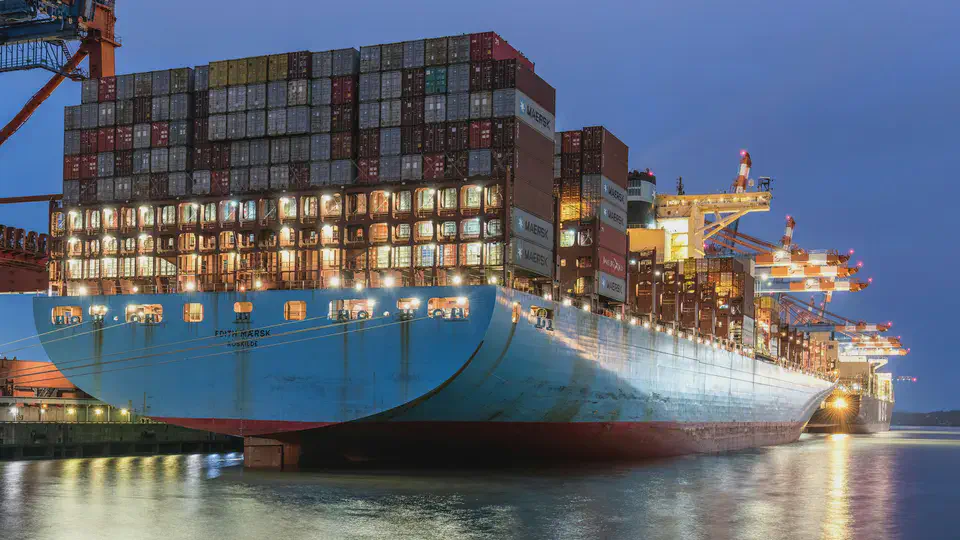Docker First Impressions

Docker has been around for many years now, and the ecosystem around “containers” has matured over that time. Unfortunately for me, I have not had the opportunity to work with the technology professionally, as my employers over that period have continued to use Virtual Machines for deployments. Now that I’m getting more serious about my side projects, though, it’s time for me to get into this area of technology. This article covers my first impressions after about a week of reading up and playing around.
Docker Containers: Why Bother?
Before adding any technology to your stack, you should always ask why. What problems does it solve, and does it bring more problems than it eliminates? In a nutshell, here’s what Docker brings to the table.
- Simplified Deployment – Docker allows you to define an application’s required services and run the whole suite of services with one command.
- Deployment Isolation – Containers are isolated from each other, so you can run many applications on the same server without worrying about them interfering with each other.
- Environment Consistency – Docker places all the support files for your application into a single image, ensuring that you don’t run into missing files, permissions problems, or wrong versions of a library or operating system.
- Ease of Development Setup – Setting up a new development environment for a project
can be a pain. Often it involves installing a database, a cache server, a queue
broker, and more. All this can be defined in a file such that all you need to do is
docker compose upto start your application and all its backing services locally. Nothing else to install.
Docker Vocabulary
“Docker Engine” is, you can guess, the core “engine” that powers Docker.
“Docker Desktop” is a desktop application that help you manage your Docker resources.
An “image” is kind of like a zip file or ISO image containing the file system with all the files for your application.
A “container” is kind of like a lightweight virtual machine in which your application’s processes run.
A “volume” is a managed disk space on the host computer that gets mounted in the container for file persistence between container restarts.
A “bind-mount” is a mapping that exposes specific host files or directories in the container.
The difference between a volume and a bind-mount is volumes have only names (not paths) and are managed by Docker somewhere in its files, whereas bind-mounts map a specified host path (starting with / or ./) to a container path. Generally, if you have some data on the host you want to expose to the container, use a bind-mount, if you have data inside the container that needs to be persisted between restarts or accessed from somewhere else, use a volume.
A Dockerfile is a recipe for creating an image, along with some metadata about how to
run it.
A docker-compose.yaml file defines an application stack consisting of one or several
containers, including the services, port numbers, volume mappings, etc.
“Docker Hub” is a repository of pre-built Docker images packaging all kinds of software.
Dockerfiles and Images: It’s Complicated
When I first laid eyes on a Dockerfile, I thought, this looks a lot like a configuration management recipe as used in Chef or Ansible. And it is. But it’s more complicated than that. A naive implementation would just copy your files into the container and call it done; but this would ignore whole tomes of “best practices” to limit the size of images and more importantly, to limit the attack surface for security purposes.
The first confusing choice is choosing a base image. Docker images are almost never built from scratch, but start with an official image containing the basic necessities and build up from there. Images are pulled from Docker Hub or some other repository of images. The official Python image has a bewildering number of different editions and versions which are designated by “tags”. The tags typically indicate a version number for Python, and an operating system version it is installed on within the container image.
Opinions vary on which of these images to use. From what I’ve gathered, Alpine images are much smaller than others, but at the expense of leaving out libraries that are important and sometimes necessary for building Python packages, which can cause problems if your project has dependencies that use system libraries or compiled modules. The safe option appears to be to use the latest “slim” version, which gives you a Debian-based image with a good compromise between size and completeness.
Another complication is that, despite it being the default, it’s bad security practice to run programs as root inside a container. So you end up having to create a user to run your app and then deal with file permissions issues inside the container (assuming the container needs to persist data).
In the end, building out a container to run a production application isn’t that different from setting up a VM. It mostly involves installing system packages, creating users, groups, directories, and files, and defining some metadata.
Unanswered Questions
There are some questions that do not seem to have a consensus answer in the ecosystem,
specifically when and how to run one-time scripts required for deployment, including
manage.py migrate and manage.py collectstatic. There doesn’t seem to be a “jobs” or
“tasks” key in docker-compose files, so running these either has to happen at container
start up (which can cause issues if starting multiple containers), or as a separate
docker compose run ... step before starting the containers.
I don’t have enough experience to form an opinion on this yet, so I’ll be experimenting to see how it plays out.
Resources
Here a few resources I have found helpful.
- Streamlining Django Development with Docker by Zach Todd
- The Cookiecutter Django documentation on using Docker.
- The Cookiecutter Django source with all its Docker-related files.
- Production-ready Python Docker Containers with uv by Hynek Schlawack